It is part of a fly’s brain, but other brains will follow.
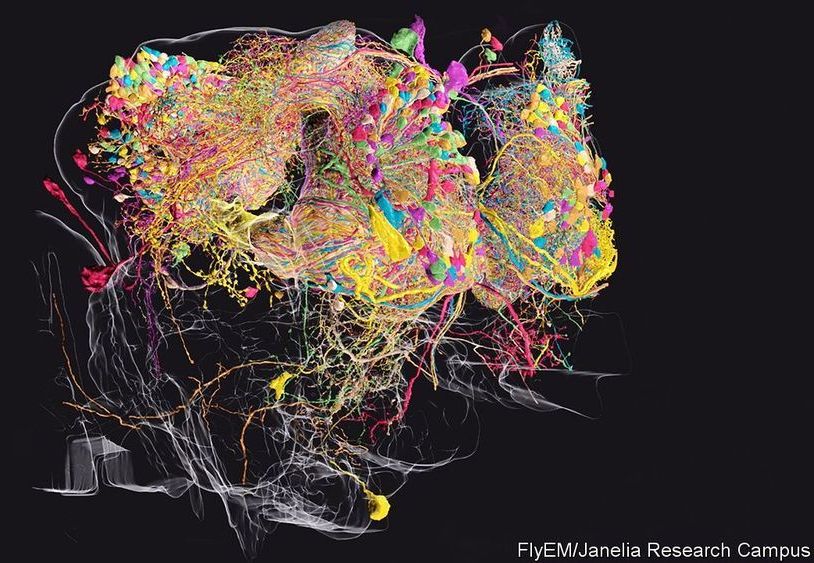

It is part of a fly’s brain, but other brains will follow.
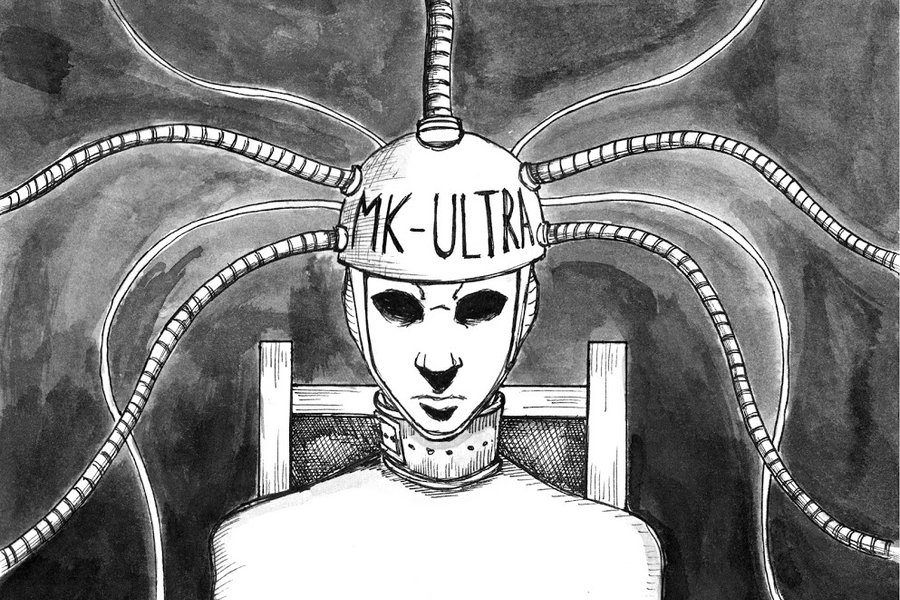
According to this CTV News article, survivors and families of an MK Ultra brainwashing program run by Dr. Ewen Cameron at McGill University in Montreal in the 1950s and 1960s have banded together to bring the horrors of this program more fully into the public eye.
They are planning a class action lawsuit against the provincial and federal government, an initiative which lawyer Alan Stein feels optimistic about:
“I believe we can claim moral damages as a result of the experiments when Dr. Cameron used these people as guinea pigs.”—lawyer Alan Stein
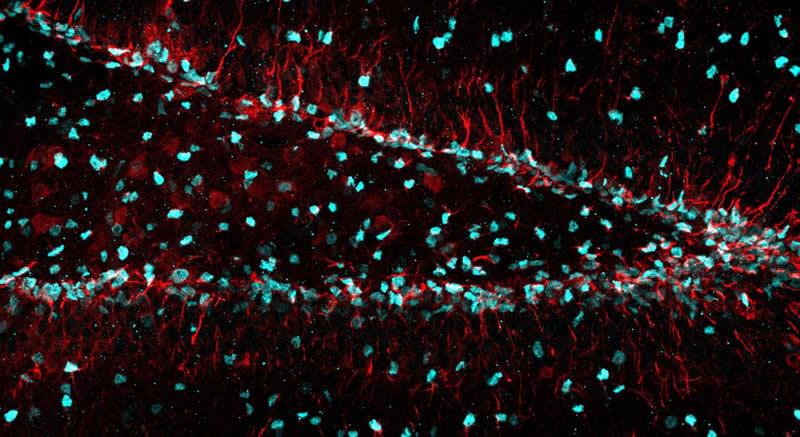
Summary: Vimentin, a cellular filament, helps neural stem cells to clear damaged and clumped proteins, assisting in neurogenesis.
Source: University of Wisconsin Madison
New research by University of Wisconsin-Madison scientists reveals how a cellular filament helps neural stem cells clear damaged and clumped proteins, an important step in eventually producing new neurons. The work provides a new cellular target for interventions that could boost neuron production when it’s needed most, such as after brain injuries. And because clumping proteins are a hallmark of many neurodegenerative diseases, like Alzheimer’s, the new study could provide insight into how these toxic proteins can be cleared away. Assistant Professor of Neuroscience Darcie Moore led the work with her graduate student Christopher Morrow. Their study is available online in the journal Cell Stem Cell.
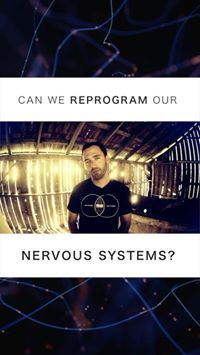
We call this PTSD. The question is whether we can reprogram our nervous system? In Stealing Fire, authors Steven Kotler and Jamie Wheal discussed advances in psychology, technology, neurobiology and pharmacology — and whether they help us map healthy nervous systems? Can we then use that data and create new designer compounds to recalibrate the nervous systems of those suffering from PTSD? Can we tweak our nervous systems for human flourishing? I hope so. Recent breakthrough in MDMA psychotherapy might be only a taste of what’s to come. Filmed and toned by @j.elon.goodman ||@mapsnews @mapscanada @meetdelic @psychedelicsocietysf #psychedelics @synthesisrtrt #mentalhealth #creativity #depression #anxiety #psychotherapy #therapy #inspiration #motivation

When you see an unconscious patient in a movie, you sometimes see their thoughts onscreen (like in The 9th Life of Louis Drax, above) or at least hear a voiceover.
That may not entirely stay in science fiction. Adrian Owen, neuroscientist and Professor of Cognitive Neuroscience and Imaging at the University of Western Ontario, Canada, and his research team are using brain-computer interfaces with advanced technology to get answers directly from people who can’t answer for themselves any other way. Any critical decisions for patients unable to communicate are usually made for them.

For nearly 2000 years, as many as three thousand Greeks shared similar visionary experiences in the town of Eleusis while celebrating the great Eleusinian Mysteries.
In this inaugural video of “Ancient Greece Revisited” we explore the possible use of psychedelics in the Greek world. We follow a thread connecting the most sacred of rituals, the “Great Mysteries of Eleusis,” to the discovery of LSD by Albert Hofmann in the midst of WW2, and from there, to a new, psychedelic view of the entirety of Greek culture.
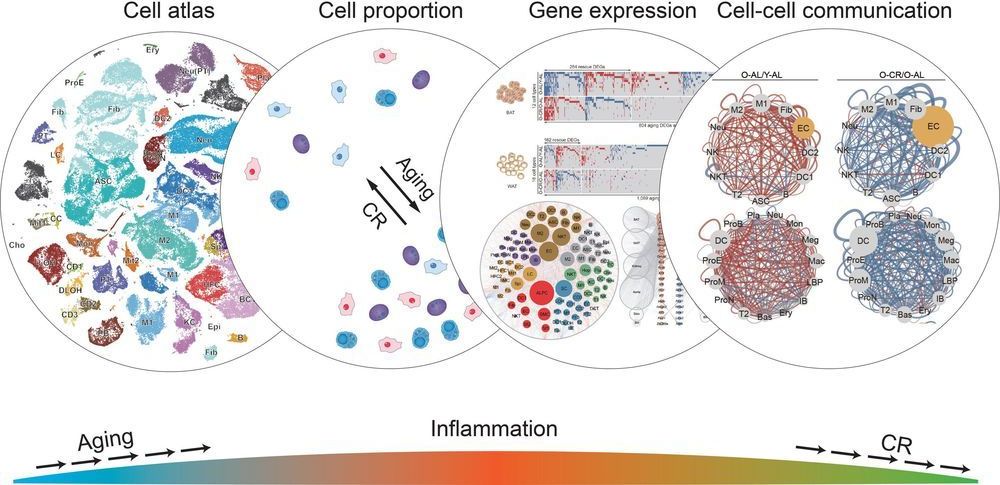
If you want to reduce levels of inflammation throughout your body, delay the onset of age-related diseases, and live longer—eat less food. That’s the conclusion of a new study by scientists from the US and China that provides the most detailed report to date of the cellular effects of a calorie-restricted diet in rats. While the benefits of caloric restriction have long been known, the new results show how this restriction can protect against aging in cellular pathways, as detailed in Cell on February 27, 2020.
“We already knew that calorie restriction increases life span, but now we’ve shown all the changes that occur at a single-cell level to cause that,” says Juan Carlos Izpisua Belmonte, a senior author of the new paper, professor in Salk’s Gene Expression Laboratory and holder of the Roger Guillemin Chair. “This gives us targets that we may eventually be able to act on with drugs to treat aging in humans.”
Aging is the highest risk factor for many human diseases, including cancer, dementia, diabetes and metabolic syndrome. Caloric restriction has been shown in animal models to be one of the most effective interventions against these age-related diseases. And although researchers know that individual cells undergo many changes as an organism ages, they have not known how caloric restriction might influence these changes.


Systemic gamma-aminobutyric acid (GABA) therapy prevents or ameliorates type 1 diabetes (T1D), by suppressing autoimmune responses and stimulating pancreatic beta cells. In beta cells, it increases insulin secretion, prevents apoptosis, and induces regeneration. It is unclear how GABA mediates these effects. We hypothesized that Klotho is involved. It is a multi-functional protein expressed in the kidneys, brain, pancreatic beta cells, other tissues, and is cell-bound or soluble. Klotho knockout mice display accelerated aging, and in humans Klotho circulating levels decline with age, renal disease and diabetes. Here, we report that GABA markedly increased circulating levels of Klotho in streptozotocin (STZ)-induced diabetes. GABA also increased Klotho in the islet of Langerhans of normal mice, as well as the islets and kidneys of STZ-treated mice. In vitro, GABA stimulated production and secretion of Klotho by human islet cells. Knockdown (KD) of Klotho with siRNA in INS-1E insulinoma cells abrogated the protective effects of GABA against STZ toxicity. Following KD, soluble Klotho reversed the effects of Klotho deficiency. In human islet cells soluble Klotho protected against cell death, and stimulated proliferation and insulin secretion. NF-κB activation triggers beta-cell apoptosis, and both GABA and Klotho suppress this pathway. We found Klotho KD augmented NF-κB p65 expression, and abrogated the ability of GABA to block NF-κB activation. This is the first report that GABAergic stimulation increases Klotho expression. Klotho protected and stimulated beta cells and lack of Klotho (KD) was reversed by soluble Klotho. These findings have important implications for the treatment of T1D.

Circa 2017
Hunting for meat was a critical step in all animal and human evolution. A key brain-trophic element in meat is vitamin B3 / nicotinamide. The supply of meat and nicotinamide steadily increased from the Cambrian origin of animal predators ratcheting ever larger brains. This culminated in the 3-million-year evolution of Homo sapiens and our overall demographic success. We view human evolution, recent history, and agricultural and demographic transitions in the light of meat and nicotinamide intake. A biochemical and immunological switch is highlighted that affects fertility in the ‘de novo’ tryptophan-to-kynurenine-nicotinamide ‘immune tolerance’ pathway. Longevity relates to nicotinamide adenine dinucleotide consumer pathways. High meat intake correlates with moderate fertility, high intelligence, good health, and longevity with consequent population stability, whereas low meat/high cereal intake (short of starvation) correlates with high fertility, disease, and population booms and busts. Too high a meat intake and fertility falls below replacement levels. Reducing variances in meat consumption might help stabilise population growth and improve human capital.
Keywords: Meat, nicotinamide, evolution, NAD(H), vitamin B3, Malthus, fertility, immunological tolerance, longevity.
Rich fellas …their kids die out but we keep a-comin …we’ll go on forever, Pa, cos we’re the people.